Join on WhatsApp
Get the latest updates directly on WhatsApp – motivation, news & more!
Gardening in cold weather can feel challenging. As temperatures drop and daylight hours shorten, many plants go dormant, leaving gardens looking bare and lifeless. Yet, for herb lovers, winter doesn’t have to mean the end of fresh, homegrown flavors. Certain hardy herbs thrive in cold conditions, adding greenery, fragrance, and utility to your garden or even your windowsill during the chilly months. Whether you have a spacious garden bed or just a small container by a sunny window, these six herbs are true winter warriors worth growing when the frost arrives.
Winter herb gardening can also save you money and ensure you have fresh herbs on hand for cooking, teas, and natural remedies. Plus, their vibrant foliage brightens up the dull winter landscape. Let’s explore six hardy herbs that can withstand the cold and how to grow them successfully during the winter season.
Rosemary
Rosemary is a classic herb well-known for its fragrant, needle-like leaves and robust flavor. This Mediterranean native thrives in cooler weather, especially when grown in well-drained soil. Rosemary is evergreen, which means it stays green and vibrant even as temperatures drop, making it a wonderful winter garden addition.
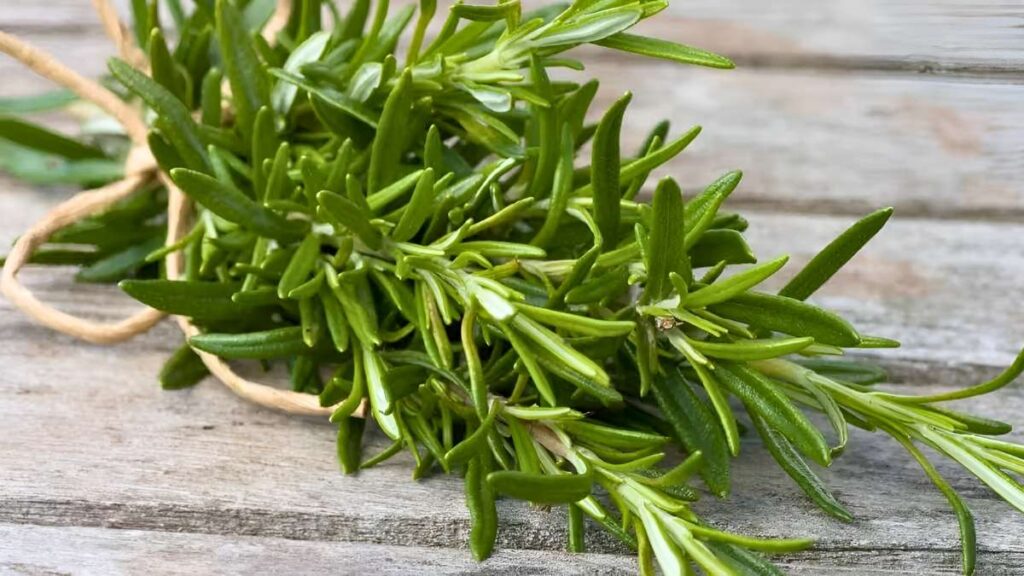
To grow rosemary in winter, choose a sunny location with at least six hours of direct sunlight. Rosemary can tolerate light frosts but may struggle in extremely cold climates unless protected. Mulching around the base helps insulate the roots, and if temperatures dip below freezing often, consider growing rosemary in containers that can be moved indoors during harsh weather. Regular pruning encourages bushy growth and prevents the plant from becoming woody.
Rosemary is not only a flavorful culinary herb but also carries medicinal qualities. Its aromatic oils are believed to improve circulation and boost memory, making it a practical and beautiful winter herb.
Thyme
Thyme is a hardy, low-growing herb that withstands cold weather remarkably well. This perennial herb is versatile in the kitchen and garden, offering a subtle, earthy flavor to stews, roasts, and soups. Thyme’s small, tough leaves allow it to endure frost and even some snow cover.
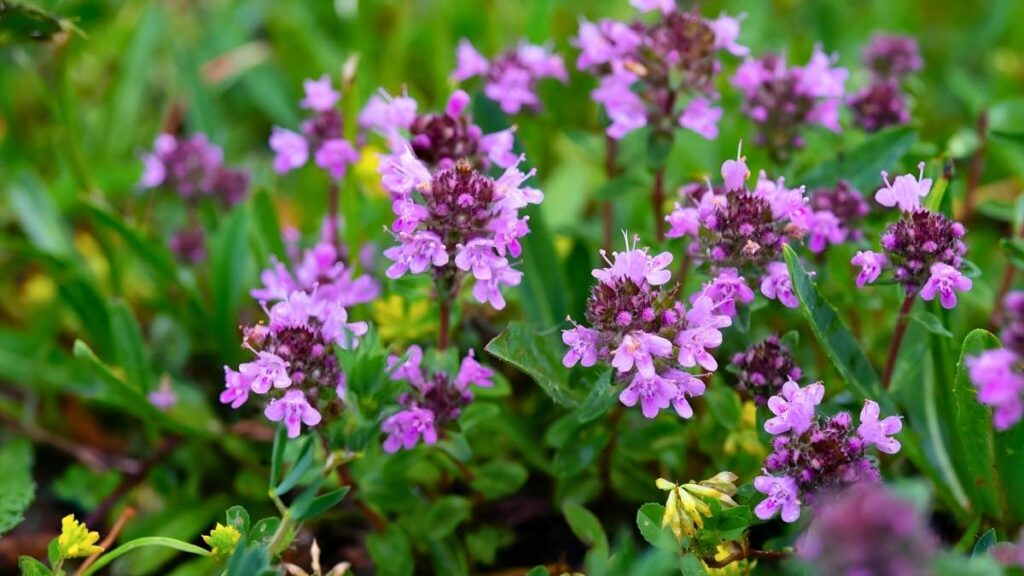
Plant thyme in well-drained soil with full sun exposure. Thyme appreciates good airflow and does not like overly wet conditions, which can cause root rot during winter. If you live in a region with harsh winters, planting thyme on a raised bed or in containers that can be moved inside is advisable.
One of the best things about thyme is its ability to spread and fill in garden gaps during winter, providing greenery when other plants have died back. Its resilience and fragrance make it a winter garden favorite.
Sage
Sage is another hardy herb that thrives in cold weather. Its grayish-green leaves have a slightly fuzzy texture, which helps protect the plant from frost damage. Sage’s strong, savory flavor complements a wide variety of dishes and is a staple in many winter recipes.
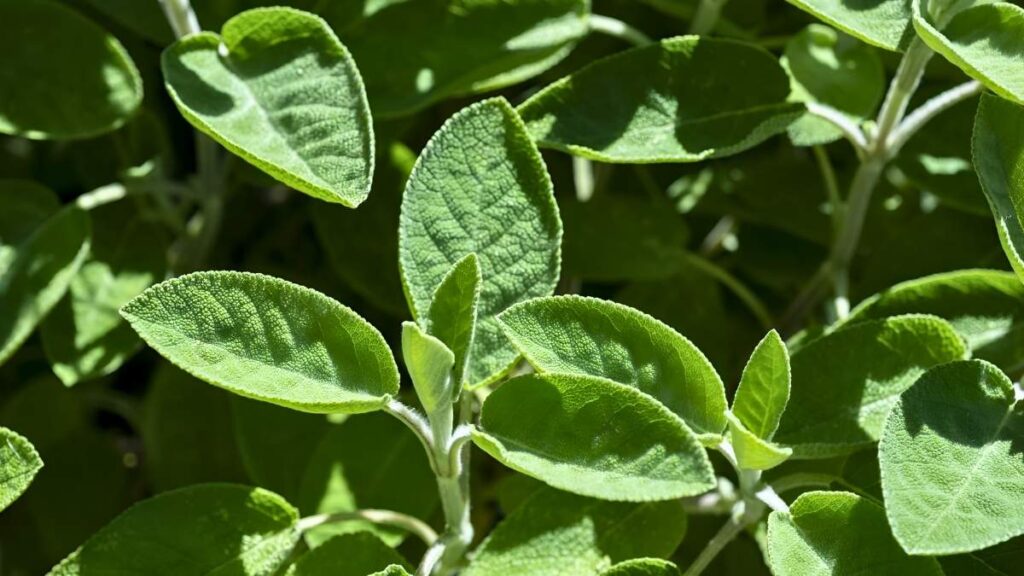
Sage prefers full sun but can tolerate partial shade during the shorter winter days. It’s drought-resistant, so avoid overwatering, especially in cold weather, as soggy soil can harm the plant. Mulching with straw or dry leaves can help keep roots warm and maintain soil moisture.
Garden sage is a robust plant that can survive most winters with minimal care. Its medicinal properties, including anti-inflammatory and antioxidant effects, add another layer of value for winter herb growers.
Chives
Chives are a hardy perennial that handle cold temperatures with ease. Their hollow, tubular leaves have a mild onion flavor and can be snipped fresh to add brightness to winter soups, salads, and baked dishes.
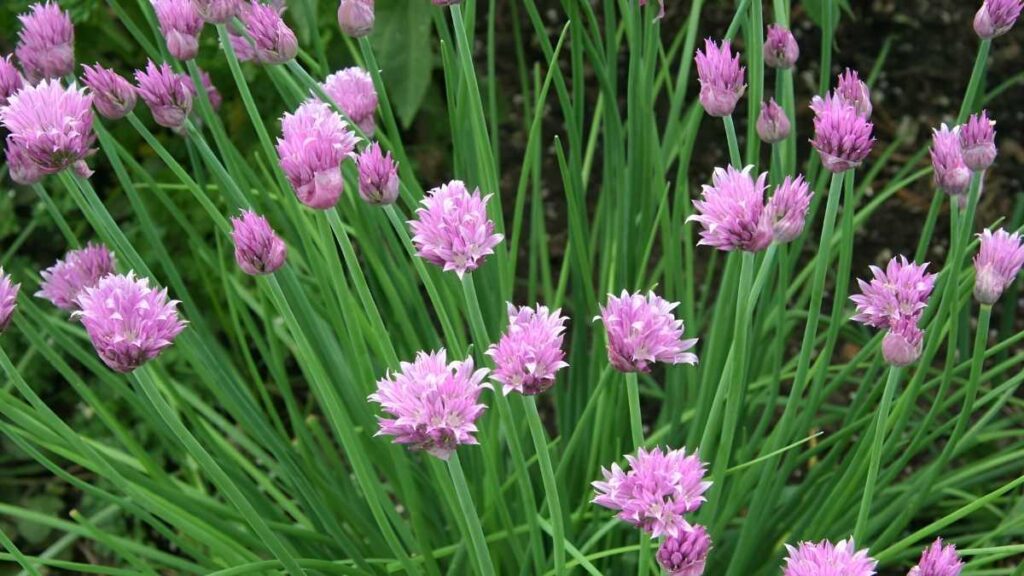
Chives can survive under a blanket of snow, as their underground bulbs stay protected from freezing. For best results, plant chives in full sun and well-drained soil. If your garden freezes hard, growing chives in pots indoors with plenty of sunlight can provide a continuous supply throughout winter.
Chives also produce pretty purple flowers that add a pop of color when most plants have gone dormant. Plus, they attract pollinators in milder weather, helping support your garden ecosystem.
Mint
Mint is famous for its vigorous growth and refreshing aroma, and it surprisingly endures cold weather well. Though mint prefers moist soil and partial shade, it can withstand frost and low temperatures if planted in a sheltered spot.
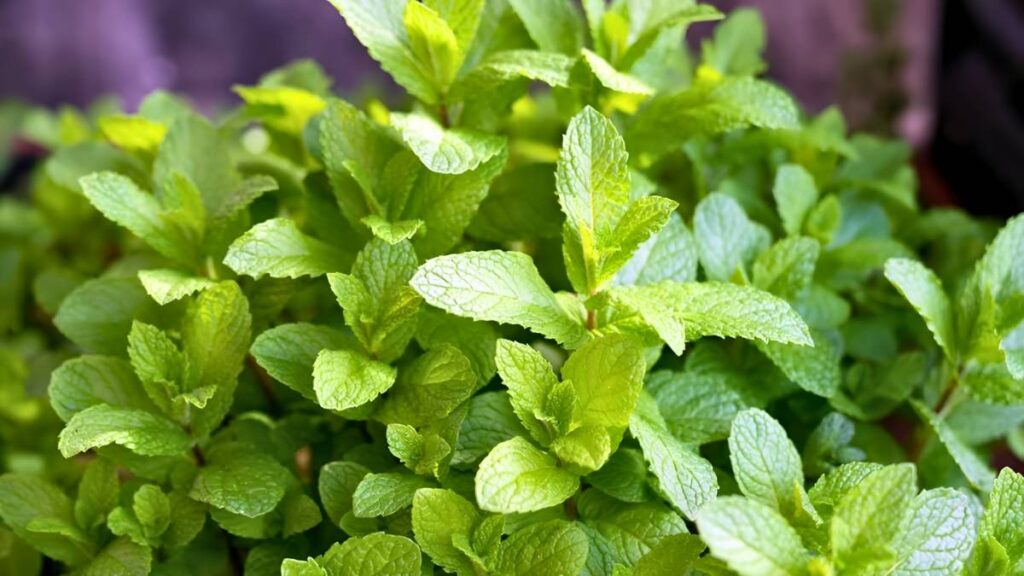
Because mint spreads aggressively, it’s best to grow it in containers during winter to control its growth and prevent it from overtaking other plants. Indoor mint thrives near a bright window and benefits from regular watering without waterlogging the soil.
In winter, fresh mint leaves can be harvested for warming teas, desserts, or garnishes, making it a cozy companion during chilly months. Its hardy nature and invigorating scent make mint a practical choice for winter gardeners.
Parsley
Parsley is a biennial herb that tolerates cold weather surprisingly well, especially when given some protection. Its bright green, curly or flat leaves add a fresh, mild flavor to winter dishes and garnishes.
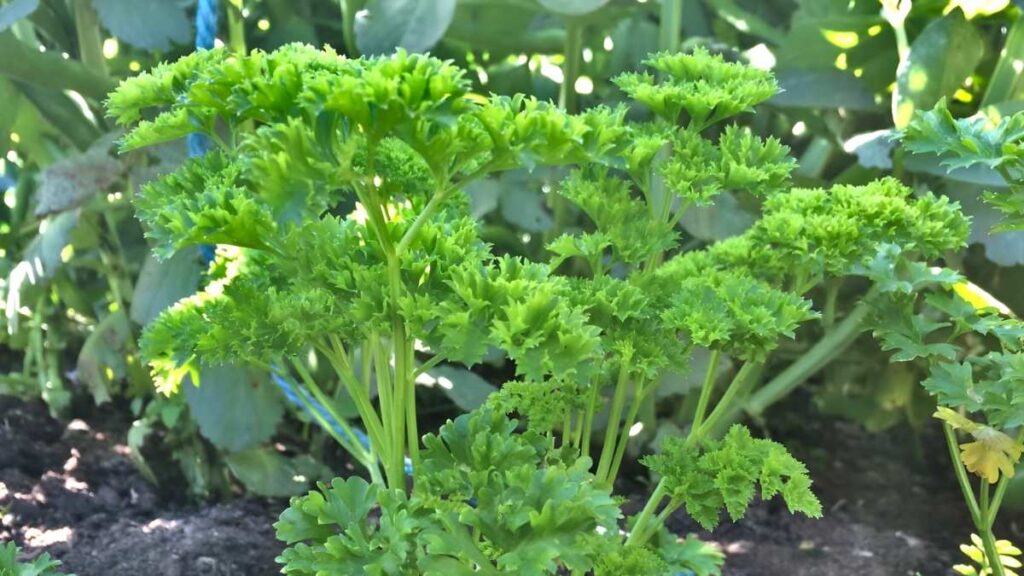
Plant parsley in rich, well-drained soil with plenty of sunlight. While it can survive frost, heavy snow or freezing conditions might damage the foliage. Covering parsley beds with mulch or garden fabric can provide extra insulation during extreme cold spells.
Parsley also provides valuable nutrients, including vitamins A, C, and K, making it a healthy addition to your winter kitchen garden. With minimal care, parsley can provide fresh greens throughout the colder months.
Tips for Growing Hardy Herbs in Winter
To maximize your winter herb harvest, keep a few key practices in mind. First, choose a sunny location as sunlight is limited during winter, and herbs need as much light as possible. Well-draining soil is crucial since wet, cold soil can rot roots. Using raised beds or containers can help improve drainage and mobility.
Protect your herbs from severe frost by mulching or covering them with frost cloths. For container-grown herbs, bring them indoors or into a greenhouse during extreme cold snaps. Water sparingly overwatering is a common mistake since herbs require less water in winter.
Lastly, don’t be afraid to harvest herbs regularly. Cutting back encourages fresh growth and prevents plants from becoming leggy or woody. Many hardy herbs like rosemary, thyme, and sage benefit from pruning even in winter.
Conclusion
Growing herbs in cold weather isn’t just possible; it can be rewarding. These six hardy herbs rosemary, thyme, sage, chives, mint, and parsley bring life, flavor, and health benefits to your winter garden or indoor spaces. With a little care and attention to their growing needs, you can enjoy fresh, fragrant herbs all year round, even when the temperatures drop and the snow falls.
Whether you’re a seasoned gardener or just starting, embracing these winter warriors expands your gardening possibilities and adds a green touch to the colder months. So this winter, don’t let the chill keep you from enjoying fresh herbs get planting and savor the flavors of your hardy herb garden.




